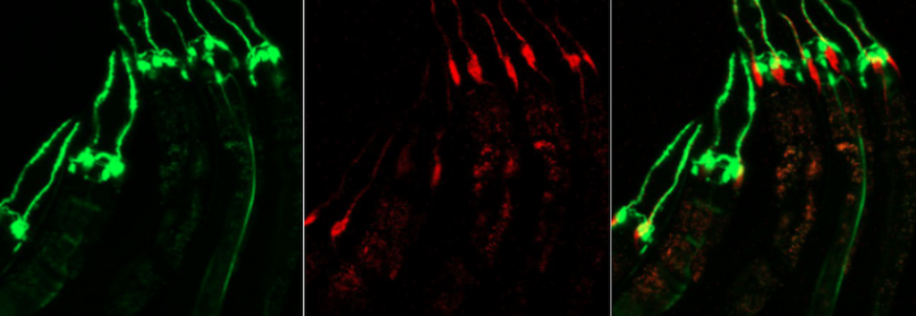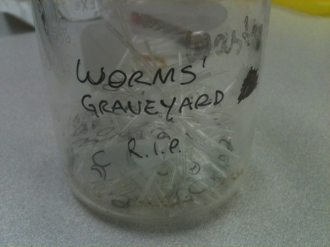Research
Ion channels, transporters, and neuromodulators in glia/neuron interaction in health, disease, and aging.
Glia are the most abundant cell type in the nervous system. Until recently, glia were thought to be mere support cells for neurons with no active role in processing and propagating synaptic information. Now, it is widely acknowledged that glia actively respond to and modulate synaptic signals. Essential to this process are ions and other signaling molecules that are released from glia, or conversely transported into glia. Plasma membrane channels and transporters mediate the movement of these molecules into or out of glia. We still have an incomplete understanding of the influence of these membrane proteins on glial function and ultimately synapse function and animal behavior. Moreover, the molecular identities of most of these membrane proteins are still unknown. Our RNA sequencing data have identified over 30 glia-enriched membrane channels and transporters with potential roles in these processes. Using a combination of molecular, genetic, imaging and electrophysiological approaches we are testing the contribution of these channels and transporters to glial and neuronal function, and behavior. Moreover, we have recently began to explore to function of glial ion channels and transporters in aging.
Glia-Neuron Crosstalk and Channel Function
- Investigation of KCNQ channel function in glial cells and their impact on neuronal excitability.
- Characterization of the physiological properties of KCNQ channels in glia and their role in modulating neuronal activity.
- Understanding the pathological consequences of glial KCNQ mutations on both glial and neuronal structural and functional integrity.
Glial Regulation of Mechanosensation
- Elucidation of the mechanosensitive properties of glial cells within touch receptors.
- Exploration of glia-neuron crosstalk mechanisms in the context of touch sensation.
- Identification of molecular pathways underlying glial responses to tactile stimuli and their significance in tactile perception.
Cell Membrane Curvature and BAR Protein Function
- Investigation into the structural and functional aspects of BAR proteins in regulating cell membrane curvature.
- Development of an in vivo model system utilizing C. elegans to study BAR protein structure/function relationships.
- Application of cryoEM/cryoET techniques to uncover key structural motifs in full-length human BAR proteins interacting with membranes, particularly in association with targets such as CDC42.






